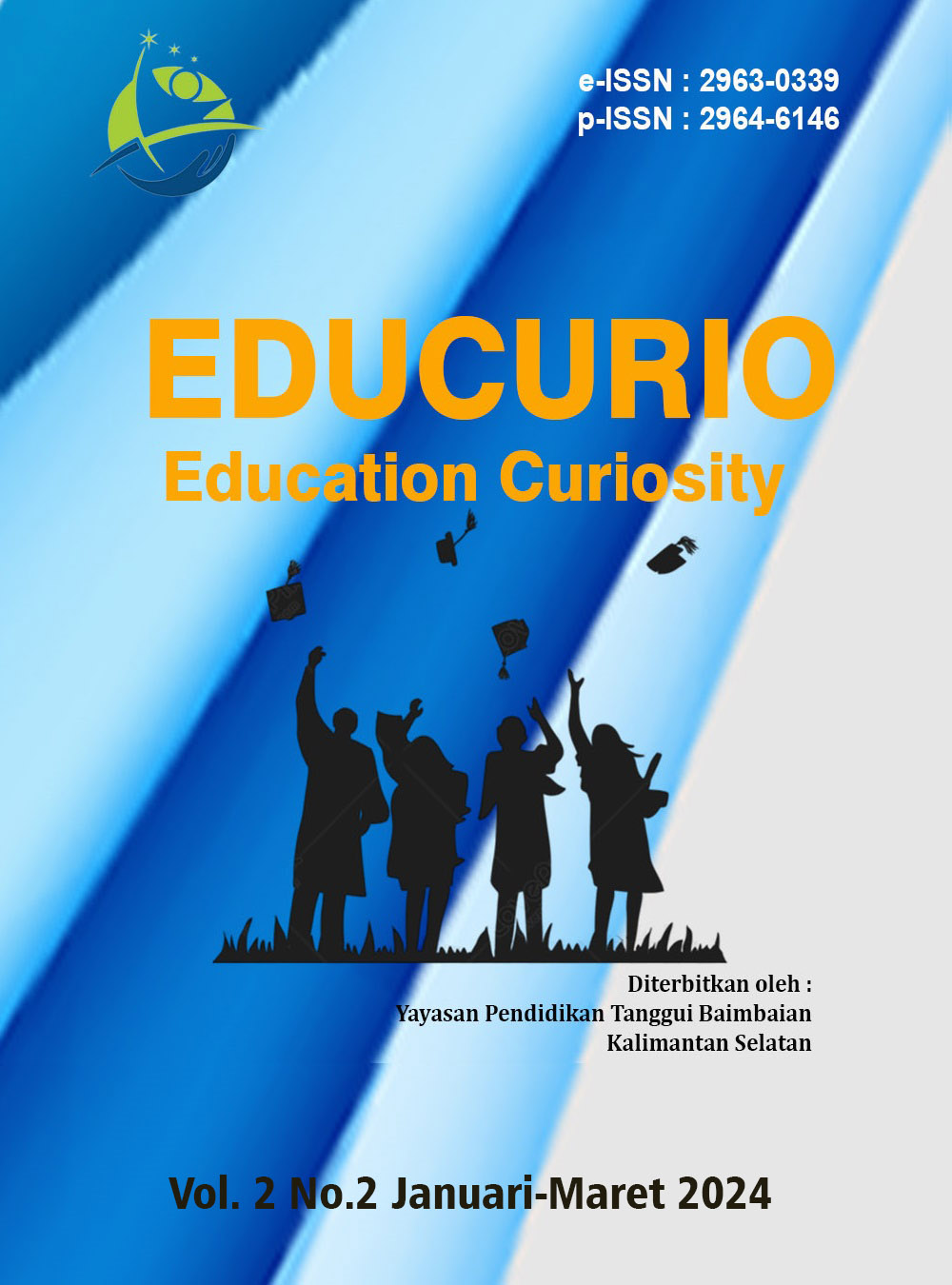Upaya Meningkatkan Hasil Belajar Siswa Melalui Model Pembelajaran Project Based Learning
Keywords:
Procedure Text, Project Based Learning, Study ResultsAbstract
This study aims in general the purpose of this study is to improve student learning outcomes in writing procedure text. While specifically the objectives of this study are: (1) improving the implementation of procedure text learning through a project-based learning model, (2) increasing the supporting factors for the success of procedural text learning. (3) overcome the obstacles faced in the implementation of procedure text learning, (4) efforts that must be made by teachers in overcoming obstacles in learning procedure text. The research method used in this study is classroom action research with a project-based learning model. The population in this study is grade VIII students of SMP Eka Pendawa Sakti where as a sample of grade VIII Mandiri. To collect data in this study using test and non-test instruments, as a test instrument using 20 multiple-choice questions and for non-test instruments using assessment rubrics and observations. Based on the results of written and non-test tests this research can be concluded: 9 students are in the satisfactory category 29% of 31 students, 20 students in the good category 65%, 2 students in the sufficient category 6%.
References
Arikunto, Suharsimi, (1993). Research procedure: a practice approach. Jakarta:Rineka Cipta
Arikunto, Suharsimi, (2009) Basic – The basis of educational evaluation. Jakarta :Bumi Aksara
D.Djauhari Imam, (2004).Mastery on English Grammar,surabaya:Indah Halliday dan hasan,1994.Procedure Text
Hamalik, Omar ,(2010).Teaching and Learning Process.Jakarta:Bumi Aksara
J. Elliot, (1991). Action Research for Education Change. Millon Keynes:open University Press.
Downloads
Published
How to Cite
Issue
Section
License
Copyright (c) 2024 Erpina Siahaan, Resdelia Lumban Gaol

This work is licensed under a Creative Commons Attribution 4.0 International License.
License and Copyright Agreement
- Authors retain copyright and other proprietary rights related to the article.
- Authors retain the right and are permitted to use the substance of the article in their own future works, including lectures and books.
- Authors grant the journal the right of first publication with the work simultaneously licensed under Creative Commons Attribution License (CC BY 4.0) that allows others to share the work with an acknowledgment of the work's authorship and initial publication in this journal.
- Authors are able to enter into separate, additional contractual arrangements for the non-exclusive distribution of the journal's published version of the work (e.g., post it to an institutional repository or publish it in a book), with an acknowledgment of its initial publication in this journal.
- Authors are permitted and encouraged to post or self-archive their work online (e.g., in institutional repositories or on their website) prior to and during the submission process, as it can lead to productive exchanges, as well as earlier and greater citation of published work.












